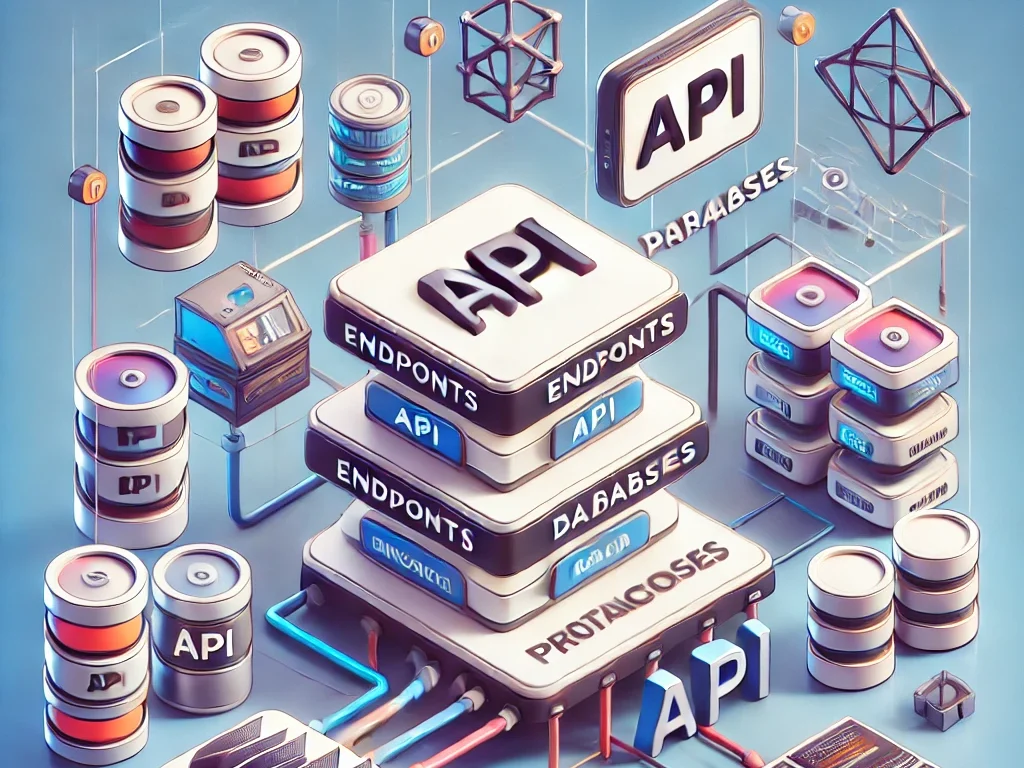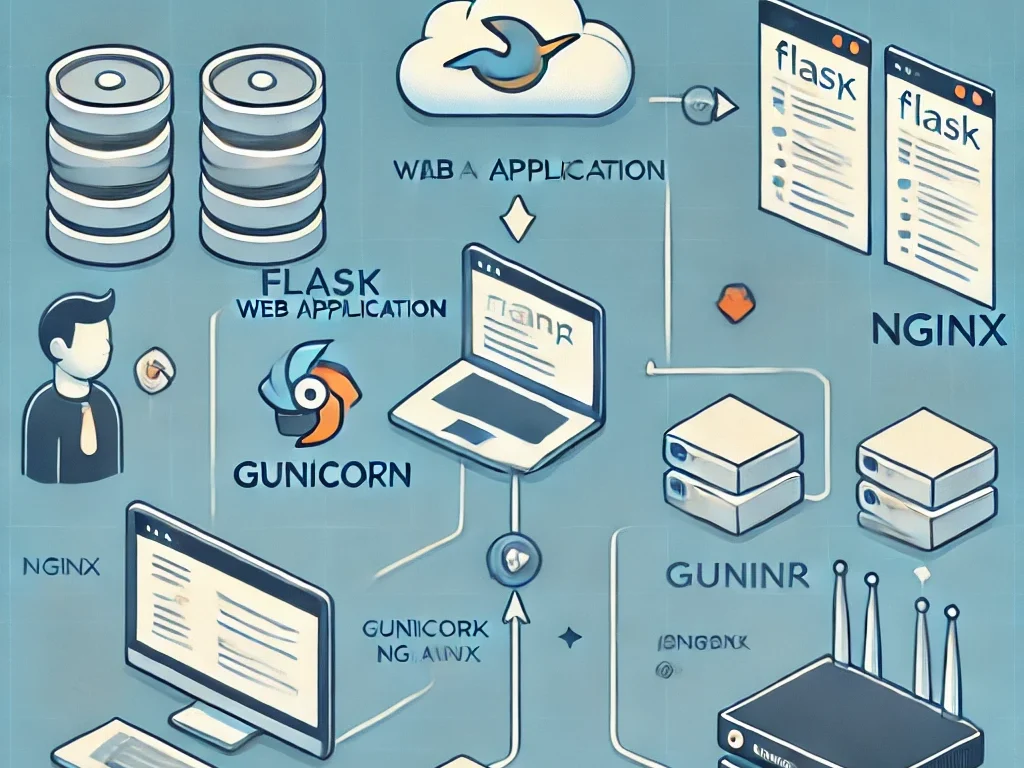November 2024

From Logs to Intelligence: A Day in the Life of Building a Smarter Monitoring System
What started as a normal workday quickly turned into an epic adventure filled with logs, tables, APIs, and the occasional “database locked” error. Today, I teamed up with my trusted assistant (yes, that’s you, Binky!) to build a smarter, leaner monitoring infrastructure. Along the way, we faced mysterious InfluxDB issues, tangled SQL logic, and the…

Building a Web-Based SQLite Database Manager with React and Flask
In this blog, we’ll take you through the development of a feature-rich, web-based SQLite database manager. We’ll use Flask to build a backend API and React to create an interactive frontend. Along the way, you’ll see how to handle table views, CRUD operations, and even manage foreign key relationships dynamically. This project is perfect for…

From Chaos to Clarity: Modular API Design in Python
APIs are a cornerstone of modern software, but as they grow, their complexity can spiral out of control. What starts as a straightforward script quickly evolves into a tangled web of functions, routes, and hard-coded logic. We’ve been there. Today, we’re sharing how we transformed our monitoring API from a monolithic script into a modular,…

Scaling Our Monitoring System with Dynamic Agents
In our previous blog, we explored how we integrated data collection and predictive modeling into our API. Since then, we’ve taken our monitoring system to the next level with a dynamic agent-based approach. Here’s what we’ve accomplished: The Problem We Solved As we scaled up, we realized that each server’s monitoring requirements could differ. Some…

From Data to Predictions – Building a Smarter Monitoring System
In the ever-evolving tech landscape, predictive monitoring isn’t just a luxury – it’s a necessity. What if your servers could tell you when they need updates, resources, or attention? With data collected via our API and some machine learning magic, we’re taking the first steps into smarter, data-driven monitoring. In this blog, we’ll explore how…

Building a Secure, Configurable, and Scalable Monitoring API
In a world where infrastructure monitoring is vital, having a flexible and secure way to collect and process custom data is essential. In this blog post, we’ll take you through building an API that not only allows for dynamic field configurations but also includes robust security with API keys tied to specific servers. We’ll walk…

Securing APIs And Enhancing Flexibility and Security
APIs have become the backbone of modern applications, allowing seamless integration between systems. However, with great connectivity comes great responsibility. Securing APIs And Enhancing Flexibility and Security is critical, especially when handling sensitive or high-value data. In this blog post, we’ll dive into how we enhanced the security and flexibility of our previously developed API…

Debugging Life: What Programming Can Teach Us About Relationships
In the tech world, we often dive deep into code, spend hours debugging, and celebrate when everything finally compiles without errors. But have you ever thought about how the principles of programming might apply to life and relationships? Let’s explore the hilarious and oddly relatable parallels between coding and navigating human connections. Comment Your Code,…

Deploying Flask Applications with Gunicorn as a WSGI Server
Flask is a lightweight and powerful framework for building web applications, but it is not production-ready on its own. For production deployments, using a WSGI server like Gunicorn is an excellent choice. Gunicorn is reliable, scalable, and works seamlessly with Flask. In this blog post, we’ll walk through setting up Gunicorn to serve your Flask…

Building a Scalable Data Ingestion API with Python
In today’s era of monitoring and predictive analysis, having a flexible and scalable data ingestion system is crucial. In this post, we’ll guide you through creating a simple but powerful Scalable API using Python and Flask that can ingest custom metrics into an InfluxDB instance. This API is designed to accept any metric you define,…

“Debugging: The Art of Talking to Yourself in Code”
Programming is often glorified as a world of creativity and innovation. But ask any developer, and they’ll tell you the truth: a significant portion of their time is spent debugging. Debugging isn’t just a technical skill—it’s an art form, a detective story, and sometimes, a practice in self-therapy. In this post, we’ll dive into the…

Reviving Backbone Legacy Systems with Modern Automation Tools
Legacy systems are often the backbone of long-standing organizations, housing valuable data and complex workflows that modernize at a snail’s pace. But with today’s automation tools, breathing new life into these systems is easier than ever. In this blog, we’ll explore strategies to enhance and streamline legacy systems using automation, without the need for a…












